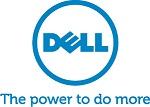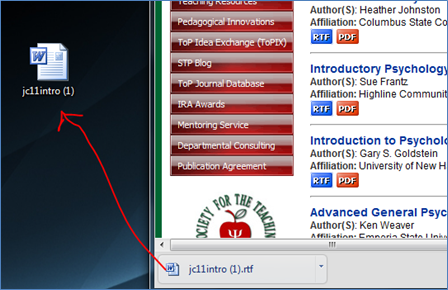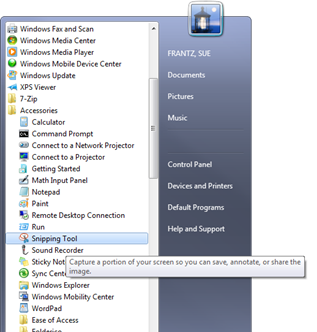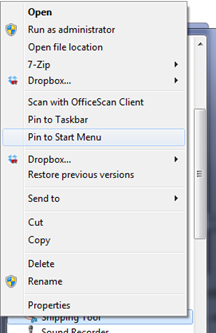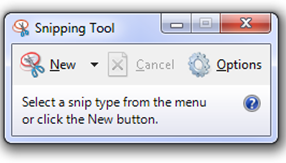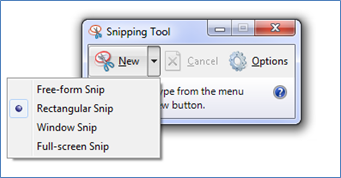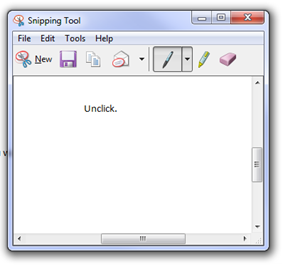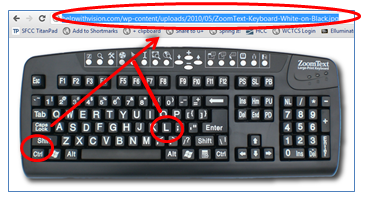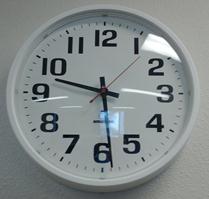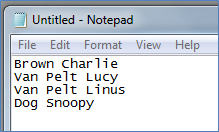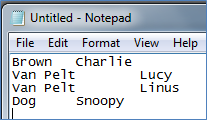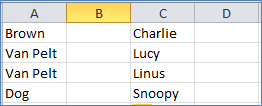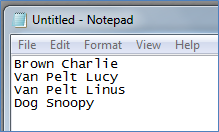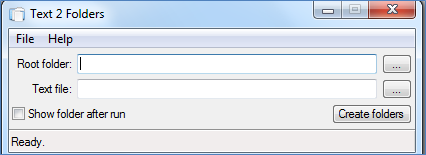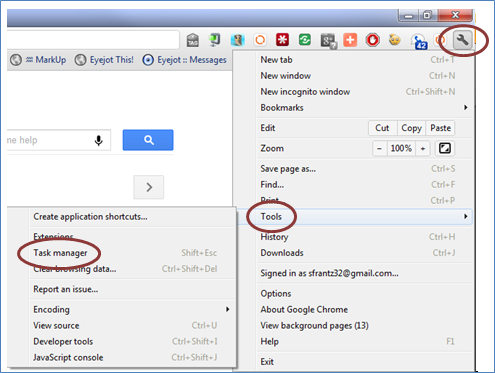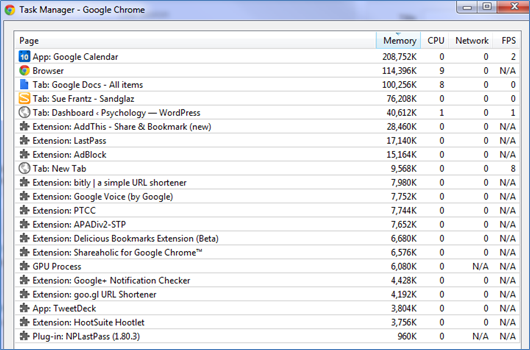Applying Psychological Science: Practice at Retrieval
A group of psychological scientists have identified 25 principles of learning. Of those 25, this group identified 9 to explore in greater depth as they relate to instruction. In this series of posts, I’ll look at each in turn, discussing some of the relevant technologies that can be used to take advantage of those principles.
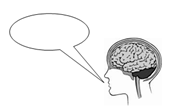
The first in the list: “The single most important variable in promoting long-term retention and transfer is ‘practice at retrieval’—learners generate responses, with minimal retrieval cues, repeatedly, over time.” In short, if students are going to be able to retrieve what they learned later they have to practice retrieving now (the testing effect), and they have to space out that retrieval (the spacing effect). Practicing retrieval for 4 hours straight is not as effective as spacing those 4 hours out over the course of a couple weeks or more.
The authors make 4 recommendations.
-
“During lectures, ask students questions to elicit responses that reflect understanding of previously introduced course material. This serves the dual purpose of probing students’ knowledge, so that misconceptions can be directly and immediately addressed in the lecture.”
Ways to do this.
-
4-question technique. Dietz-Uhler and Lanter (2009) found improvement in quiz scores by asking students four questions following an in-class activity.
- “Identify one important concept, research finding, theory, or idea in psychology that you learned while completing this activity.”
- “Why do you believe that this concept, research finding, theory, or idea in psychology is important?”
- “Apply what you have learned from this activity to some aspect of your life.”
- “What question(s) has the activity raised for you? What are you still wondering about?”
- Fill-in-the-blank, content-based questions. Gier and Kreiner (2009) found improvement on exam scores when students were periodically asked to respond to fill-in-the-blank questions over course material during class.
- End-of-class questions. Lyle and Crawford (2011) found improvement on exam scores in a stats class when their students were asked to respond, unassisted, to a few questions over the day’s material at the end of class.
Useful tech tools.- Pen and paper. There is nothing wrong with this old school technology. Depending on the size of your class and how often your class meets, you could be wrangling a lot of paper.
- Student response systems. If you don’t currently use a system. Try Socrative (max 50 students, free). This tool is easy to use and allows both multiple choice and short answer questions. The data is downloadable via an Excel spreadsheet.
-
Forms in Google Docs (read more about how to use this feature). Give students the URL to the form via a link on a website or in your course management system, a shortened URL (I recommend goo.gl), or a QR code for your mobile users (read more about QR codes). Students enter their names, their email addresses, their class time, and then whatever questions you’d like them to answer about the course material. The data is dumped into a spreadsheet that you can download from Google Docs. When I do this, I add a column for my comments and a column for my grade. Then I create a form letter in Word, link it to my spreadsheet, and do a mail merge to send my feedback to students (read more about mail merge here).
-
-
“On homework assignments, have students retrieve key information from lectures and readings. Chapter summaries, for instance, may include study questions that ask students to recall major points or conclusions to be drawn from the reading.”
Useful tech tools.
- Forms in Google Docs (read more about how to use this feature). For each reading assignment, I ask students to answer four questions. The first two questions cover the content. Question 3 asks what was the most difficult part of the reading and what questions they may have. Question 4 asks what was the most interesting thing they read. I use the mail merge procedure discussed above to send my feedback to students. This is my first quarter using this approach. On the first exam, I saw no difference in exam scores compared to last quarter. I saw a statistically significant jump in exam scores on the second exam – a full letter grade. In my perception, students wrote more and wrote better responses during the second section of the course leading up to the second exam. That may be due to my feedback, to my asking better content questions that require more synthesis of information, or to something else entirely.
-
Word documents. If your students submit assignments by attaching them to email messages that you get in Outlook, I highly recommend SimplyFile, an Outlook add-in (read more here), to quickly file the messages in a folder so they’re out of your inbox. And then use EZDetach, another Outlook add-in (read more here), to save all of the attachments with student email address and student name appended to the filename to your “grade these” folder.
-
“Encourage group studying in which students actively discuss course topics. In these groups, students have an opportunity to explain difficult course concepts to one and another, engaging in ‘practice at retrieval.'”
Useful tech tools.
-
Doodle (read more here). A lot of students say they’d like to form study groups, but they don’t quite know how to do it. Create a Doodle poll that asks students to mark the times they’re available for a study group. Students can see who is available when they’re available. Let the students take the initiative to contact those other students.
-
TitanPad (read more here). For students whose schedule or location makes it difficult to get together, they could use this tool to explain concepts in their own words or provide their own examples. Groups of students can work together on the same ‘pad’. With the time slider feature, you can easily see who contributed what and when if you’d like to assign a participation grade.
-
Google+ hangouts with video or Skype. These are good tools for students who’d like to get together to study at a particular time, but are unable to be in the same place.
-
-
“As with probing questions during lectures, test questions offer another opportunity for ‘practice at retrieval,’ thus, potentially enhancing knowledge of the material being tested. Ideally tests should be cumulative and test items should probe for understanding of the material.”
In terms of test performance, it doesn’t matter if you give a paper-and-pencil test or a computer-based test (Frein, 2011). Whichever you use, I encourage you to look at how your students perform on each question. If a lot of students missed the question, what incorrect answer did they choose? This will give you valuable information about common misconceptions.
Whatever changes you decide to make in your course, I strongly encourage you to track the impact your changes have made on student learning, however it is you choose to measure it. Your institution may be interested for their assessment reports to their accreditors, and I encourage you submit your results for publication in a peer-reviewed journal or a conference that’s interested in the scholarship of teaching and learning (SoTL). This site provides some resources for locating those journals and conferences.
References
Dietz-Uhler, B. & Lanter, J. R. (2009). Using the four-questions technique to enhance learning. Teaching of Psychology, 36(1), 38-41. doi:10.1080/00986280802529327
Frein, S.T. (2011). Comparing in-class and out-of-class computer-based tests to traditional paper-and-pencil tests in Introductory Psychology courses. Teaching of Psychology, 38(4), 282-287). doi: 10.1177/0098628311421331
Giers, V. S. & Kreiner, D. S. (2009). Incorporating active learning with powerpoint-based lectures using content-based questions. Teaching of Psychology, 36(2), 134-139. doi:10.1080/00986280902739792
Lyle, K.B. & Crawford, N.A. (2011). Retrieving essential material at the end of lectures improves performance on statistics exams. Teaching of Psychology, 38(2), 94-97. doi:
10.1177/0098628311401587

